Mechelen (Malines) – Machlinia
by
Joan Blaeu
ON HOLD
Detail
Date of first edition: 1649
Date of this edition: 1649
Dimensions (not including margins): 38 x 49,3 cm
Condition: excellent. Sharp copper printing on paper. Centre fold is as published. Superbly coloured. Wide margins.
Condition rating: A+
Verso: text in Dutch
Reference: –
From: Toonneel der Steden van ‘s Konings Nederlanden, Met hare Beschrijvingen, (…) (Stedeboeck)
Price (without VAT, possibly to be added): €1 200,00 (FYI +/- $1 332,00 / £1 068,00)
Unless otherwise specifically stated on this map page, we charge the following expedition costs in euro (unfortunatelly, gone up with Covid, but still too low in reality!):
– Benelux: 40 euro
– Rest of Europe: 60 euro
– Rest of the World: 100 euro
In stock
Related items
-

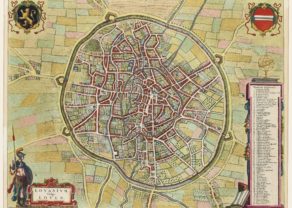
Leuven – Lovanium, vulgo Loven
by Joan BlaeuPrice (without VAT, possibly to be added): €1 600,00 / $1 776,00 / £1 424,00ON HOLD -

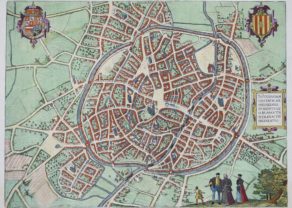
Mechelen – Nitidissimae Civitatis Mechlineensis…
by Georg Braun and Frans HogenbergPrice (without VAT, possibly to be added): €500,00 / $555,00 / £445,00 -

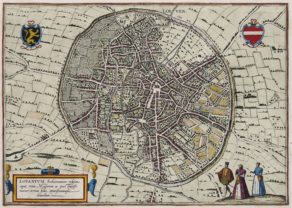
Leuven – Lovanium, Brabanticarum urbium caput…
by Georg Braun and Frans HogenbergPrice (without VAT, possibly to be added): €900,00 / $999,00 / £801,00
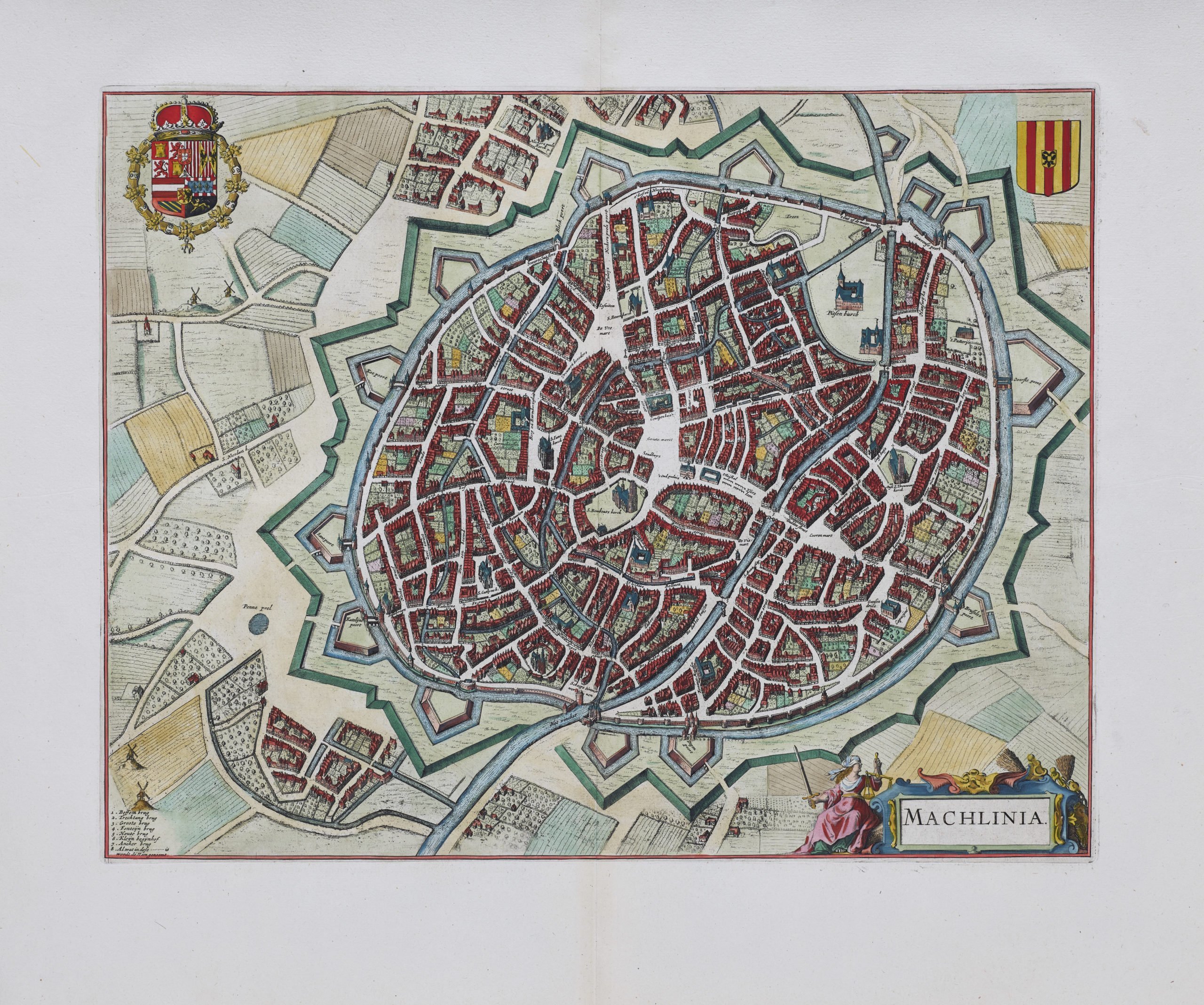
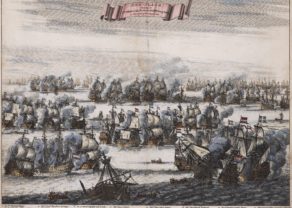
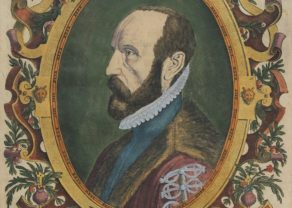
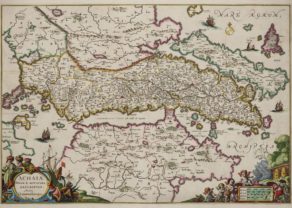
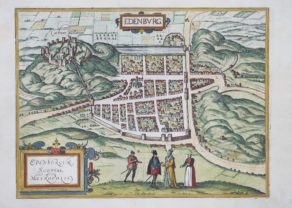
Mechelen by Blaeu
Mechelen (situated between Antwerp and Brussels) is one of Flanders’ prominent historical and cultural cities.
In 1473 Charles the Bold (effectively the last Duke of Burgundy) moved several political bodies to the city, and Mechelen served as the seat of the Great Council (i.e. the Supreme Court) until the French Revolution. After his death his widow, Margaret of York, moved to Mechelen for the rest of her life.
The lucrative cloth trade gained Mechelen wealth and power during the Late Middle Ages and it even became the capital of the Low Countries in the first half of the 16th century under Archduchess Margaret of Austria. During the 16th century the city’s political influence decreased dramatically, due to the move of governmental institutions to Brussels.. But the town retained local grandeur:
Mechelen got compensated for this: in 1559 it was proclaimed the Archdiocese of Mechelen. In the center of the town the St. Rumbold’s Cathedral, the historic Belgian archiepiscopal cathedral, towers up to 97 meters.
The city is loaded with interesting renaissance buildings, such as the Hof van Savoye (Court of Savoy), which became the local court seat
or the palace of Margaret of Austria, governor of the Habsburg Netherlands during several decades.
Here she raised her nephew, the later Charles V, until he was 17. An absolute must to visit is the Royal Manufacture of Tapestries: it is one Europe’s remaining restoration firms of renaissance tapestries. Since 1985 it is located in the 15th century refugee house of the Premonstratensians Abbey of Tongerlo. (open to visitors only on Saturday mornings: reserve your place!).
The b/w view from Hogenberg’s own Geschichtsblätter shows the Spanish Fury in Mechelen on October 1, 1572: After William of Orange had to leave Mechelen under pressure of Duke Alba’s army, the latter ordered his son “Fernando Álvarez de Toledo, 3rd Duke of Alba” to plunder the city. One of the few escapees from the city was the cartographer Jacob van Deventer. He moved to Cologne. We are so lucky to witness his fantastic life work: the city atlas of the Low Countries.
There are about 70 years between the engraving by Hogenberg BH, (Civitatis Orbis Terrarum, 1572) and the one by J. Blaeu (Stedenboek Z-Nl, 1649; first map here shown). In both maps North lies in the bottom left corner. The Dyle River prominently passes through. Like elsewhere in the Spanish Habsburg cities, the inner center has not so much developed due to emigration. New are the renaissance walls, replacing the medieval defense.
Mechelen was also the birthplace of Frans Hogenberg.(1535-1590). Other notable inhabitants include: Lodewijk van Beethoven, grandfather of Ludwig; Anne Boleyn, future wife of English King Henry VIII (1504 -1536: sent to Margaret of Austria in Mechelen for further education); Rembert Dodoens, botanist, herbalist and physician (1517-1585); or more recently fauvist painter Rik Wouters (1882-11916).